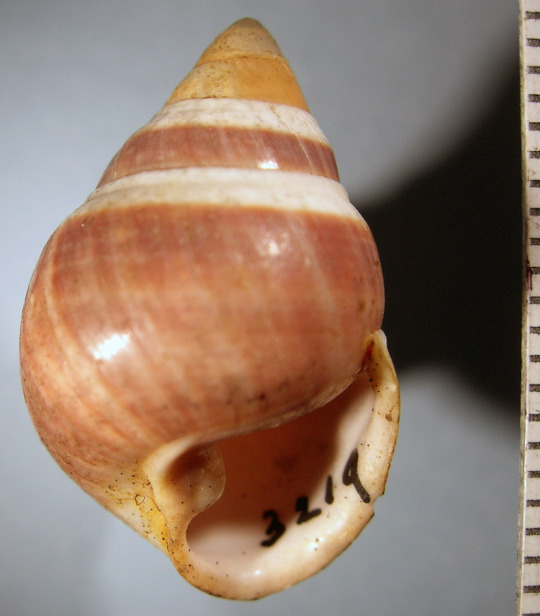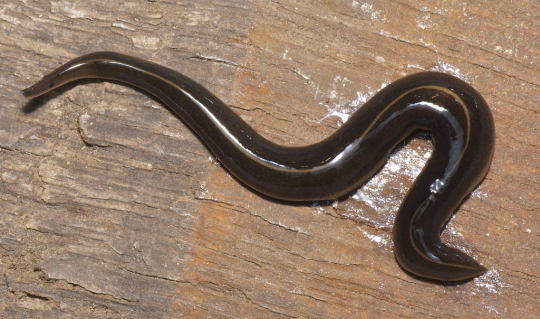By Timothy Pearce
Move Aside Rosy Wolf Snail, the New Guinea Flatworm Wreaks Greater Devastation
Another species of land snail went extinct on January 1, 2019. George, the last member of his species, Achatinella apexfulva, died in a captive breeding facility at the University of Hawaii. The loss of this snail, and this species, is sad from many perspectives, I’ll mention two: first, George’s species is the first land snail ever described from Hawaii; second, this loss contributes to the largely overlooked extinction crisis of land snails around the world.

George was named after Lonesome George, the last Galapagos tortoise of the subspecies Geochelone nigra abingdoni, who died in 2012. Like most land snails, George the snail was hermaphroditic (having both male and female parts), so either male, female, or androgynous names would have been appropriate.
News outlets including New York Times, National Geographic, and National Public Radio, as well as various blogs (e.g., https://www.shellmuseum.org/curators-corner) have well-covered the story of George’s passing, so look there for more details that I won’t repeat. Those outlets mentioned threats leading to the demise of tree snails, including the introduced rosy wolf snail, a snail-eating snail credited with causing snail extinctions on some Pacific Islands. However, none of those news outlets mentioned the New Guinea flatworm, which is already showing itself to be a much greater threat to snail-kind than the rosy wolf snail.

The New Guinea flatworm (Platydemus manokwari), which eats mostly snails, has been categorized as one of the 100 worst invasive species. Originally found in New Guinea, human activity has introduced it to many tropical and temperate regions of the world where it has had significant negative impacts on the rare endemic land snail fauna of some Pacific islands. Evidence indicates that predation by the New Guinea flatworm is the greatest cause of the extinction or drastically reduced numbers of several native snails. Up to 65 mm (2.5 inches) long, it can follow snail mucus trails to catch prey, sometimes even into trees, so its presence in Hawaii seriously threatens the remaining Hawaiian tree snails.
In 2015, the New Guinea flatworm was found in Florida, from which it poses a threat to land snails on the mainland of the USA. A colleague told me that in some of the Everglade hammocks where the flatworm has reached, all you can find now are dead, empty shells of the colorful tree snails that were gobbled by the flatworm. The flatworm does not survive in colder climates, so for the time being, the northern United States might be spared from this scourge. The flatworm survives best at 18 to 28 C (64-82F) and nearly ¼ of them survived in an experiment down to 10°C (50F) for 2 weeks.
Timothy A. Pearce is Curator of Collections, Section of Mollusks at Carnegie Museum of Natural History. Museum employees are encouraged to blog about their unique experiences and knowledge gained from working at the museum.
